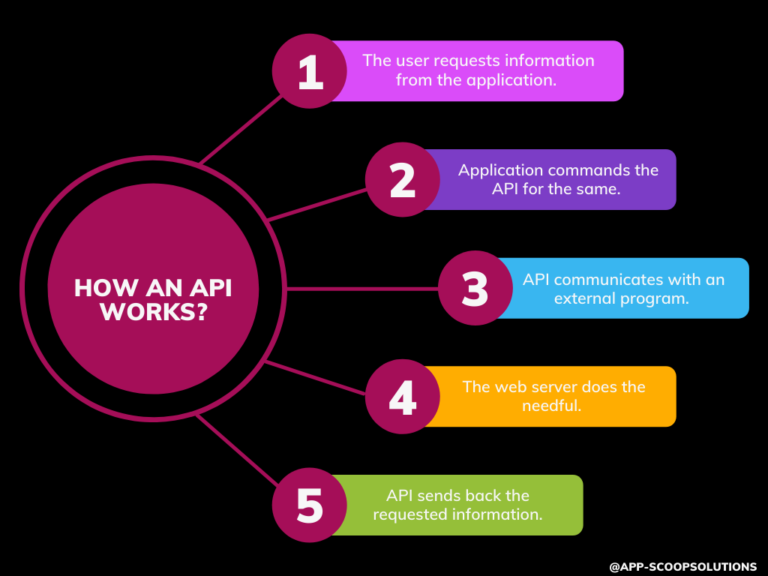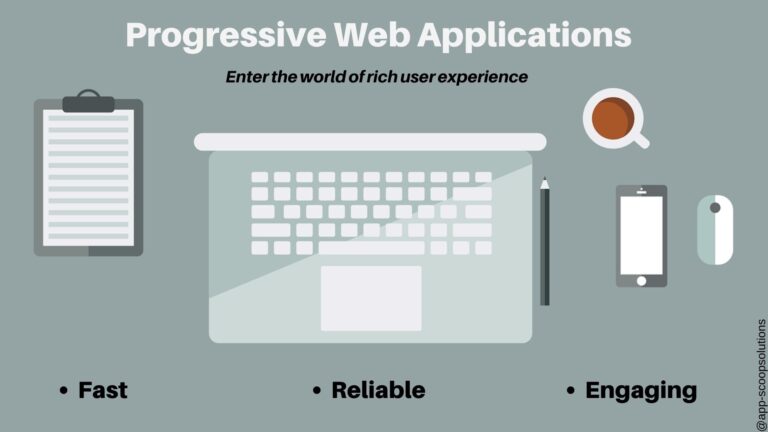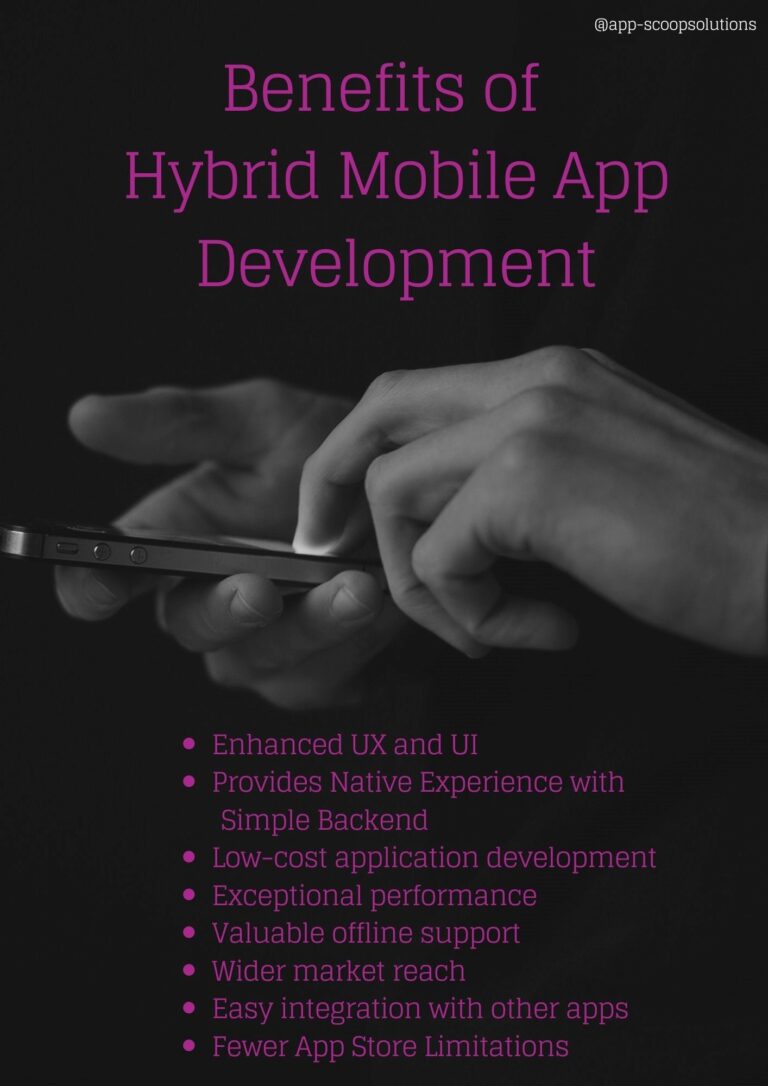Connectivity has brought the world to our feet. Be it the social media connecting several friends, a telephone that passes on our message to our relatives, or for that matter a vehicle that helps us commute from one place to another. This has brought the human race closer than ever imagined. The fact being, unless we had a medium or a mediator, connecting with our friends, relatives, or reaching a destination wouldn’t have been possible. Well, the same logic applies to the software, programs, and applications as well. This makes the free flow of data possible. Imagine with just a click of a mouse button you can send a message via Facebook, or just by a tap on the application you can order your meal or place an order for your favourite dress. All this is possible by the courtesy of Application Programming Interface (API). This article will guide you through the basics of API.

What is an API?
Before we move on to the formal definition of API, picture this. You are in this Michelin star restaurant. The waiter approaches and you order their finest dishes. The waiter then goes to the chef and places your order. Once the dish is ready, the waiter brings to you, your dish. In this whole scenario, the waiter acts as a mediator, and in technical terms, the waiter is a metaphor for an API. Coming to the formal definition of an API, it is a type of software interface that allows communication between computers, programs, software, and applications. They enable data exchange and functionality easily and with security. The API specification is a standard that provides information about its construction, usage, and interface. Mostly, APIs are positioned between the application and web server.
How do APIs work?
Its function is pretty simple. When the user initiates the conversation with the application for some information, this process is known as a request. This request is further processed by API’s Uniform Resource Identifier (URI). This communication includes a request verb, headers, and request body. The API now takes this communication forward to the external program, which considers the request and provides the necessary information. The API then transfers the data back to the application.

How to build an API?
API creation exposes one to new opportunities. There are two key aspects to be considered while creating an API. Firstly, define the backend resources that your API will be using or reusing. The available resources are RESTful service, a SOAP-based web service, or an AMQP-conformant message broker. Moving on, a good API is always consumer-oriented. So, its designs cater to the needs of the clients and consumers. A good API manages the backend conveniently and offers the best consumer-centric solution. Here’s how an API is created:

• Stage 1: Groundwork
A good foundation determines the course of your action and increases the chance of your product’s success. To build an API, start with basics first.
• Determine the requirements.
• Understand the problem.
• Pen down the business development of the API, both functional and non-functional (response time, API performance, security, etc.)
• Describe REST APIs.
• Narrow down the best URL practices. (https://blog.stoplight.io/crud-api-design)
• Maintain consistency.
This progress needs to be documented. Before you move ahead with designing the API, answer the following questions:
•Who is the target audience?
•How can this API solve the problem?
•What should be the endpoint?
•How can you address the concerns from an API perspective?
• Stage 2: Design and Prototype
Before you begin this stage, gather the best team possible who will help you reach your API goals. And now it’s time to commence with the brainstorming session for the APIs design. If that’s a hassle, why worry when App-Scoop is here. We will help you design the approach, prescribe a guideline, write the API description, design the API interface, create an API prototype, build a sturdy backend, and handover an efficient consumer-oriented API.
• Stage 3: Development and Testing
It’s now time to build the server. The API design must be locked up before moving to the third step. Verify the implementation even if there are any minor changes. Consider the documentation of the Design and Prototype phase as a Holi grail. Now, we move to the coding phase. Shortlist your preferred coding language and framework. This process is slightly tedious, but at every stage of your business requirement, App-Scoop will surely play a great role. Once the coding part is sorted, next comes the testing phase. Read the description step by step with the best available command-line tool that validates the API description. Thoroughly test the API implementation to enjoy the best possible outcome.
• Stage 4: Publish or Deploy
Review and test your API before deploying. Once you are sure, you can start the publishing process. Ideally, APIs are hosted on API gateways. API gateways act as a reverse proxy that accepts API requests, analyze them, fulfils the requirements, and return the appropriate results. It sits between client and backend services. Keep monitoring the functions and analyse the API usage.
• Stage 5: Handover
Now that your API is designed, developed, tested, and deployed, it’s time to handover the API to the client, unless it is for internal usage. If you are delivering it to your client, share all the necessary documentation and descriptions.
• Stage 6: Service
In reality, even if the product is up and running, your responsibility will never end. A true organization will always be by the client’s side whenever they need your help. Keeping analyzing the product. Take the feedback positively and work on then. Just remember your API must be the best in the market.
Read more: https://www.akana.com/blog/create-api#how-to-create-api
What is API economy?
The digital boom has been taking the world by storm for a long. And we are not new to what digital transformation has brought to the table. As per studies, 40 per cent of the companies feel that adopting a digital model has improved their operational efficiency, while more than 35 per cent feel that this change has helped them meet changing customer expectations. If so, then why should APIs incorporate this. As a matter of fact, they already have. The API economy is a business model that uses API in the digital economy. This incorporation broadens their horizons while providing them with opportunities to grow their business. By far, Google Maps API is one of the best creations of Google technology. It enables companies to use their maps directly on their site.Types of API:
• Open API
These APIs are publicly available for the developers. It provides them with programmatic access to the web service. For instance, developers can incorporate Yahoo search into their software. This increases the traffic and ends up being beneficial for both.
• Composite APIs
They combine multiple API requests into a single API call. Owing to this feature, it reduces the server load and makes the process faster.
• Partner APIs
They are shared externally with the strategic business partners. Partner APIs is not publicly available, and they need specific requirements to access them.
• Internal APIs
It is an interface for an organization’s internal use. With this, the company’s developers can access application functionality and backend information.
Types of API Architectures:
API Architecture is a set of rules and guidelines about what knowledge an API can share with the client. It’s a framework that enables information about application functionality and backend information.
• REST
It refers to representational state transfer. They are one of the most popular approaches to build APIs. These guidelines are super easy, lightweight, and ascendable to use.
• RPC
Known as Remote Procedural Call, RPC executes scripts on a server. It invokes processes, and it is one of the most upfront of three architectures.
• SOAP
It refers to the Simple Object Access Protocol. It is a lightweight XML-based protocol. SOAP is used to enhance information across networks.
Collaborate with App-Scoop
Over the years APIs have worked hard to prove their worth. If we begin to address the advantages of APIs, time will fall short. API saves cost, encourages innovation, enhances business development, pushes an organization to its goal, intensifies customers experience, generates new business opportunities, heightens productivity, connection, and collaboration, etc. That’s enough said. This sure must have spiked your interest in APIs. Contact our able team: https://www.app-scoop.com/contact-us.html to understand how APIs can power your business.


